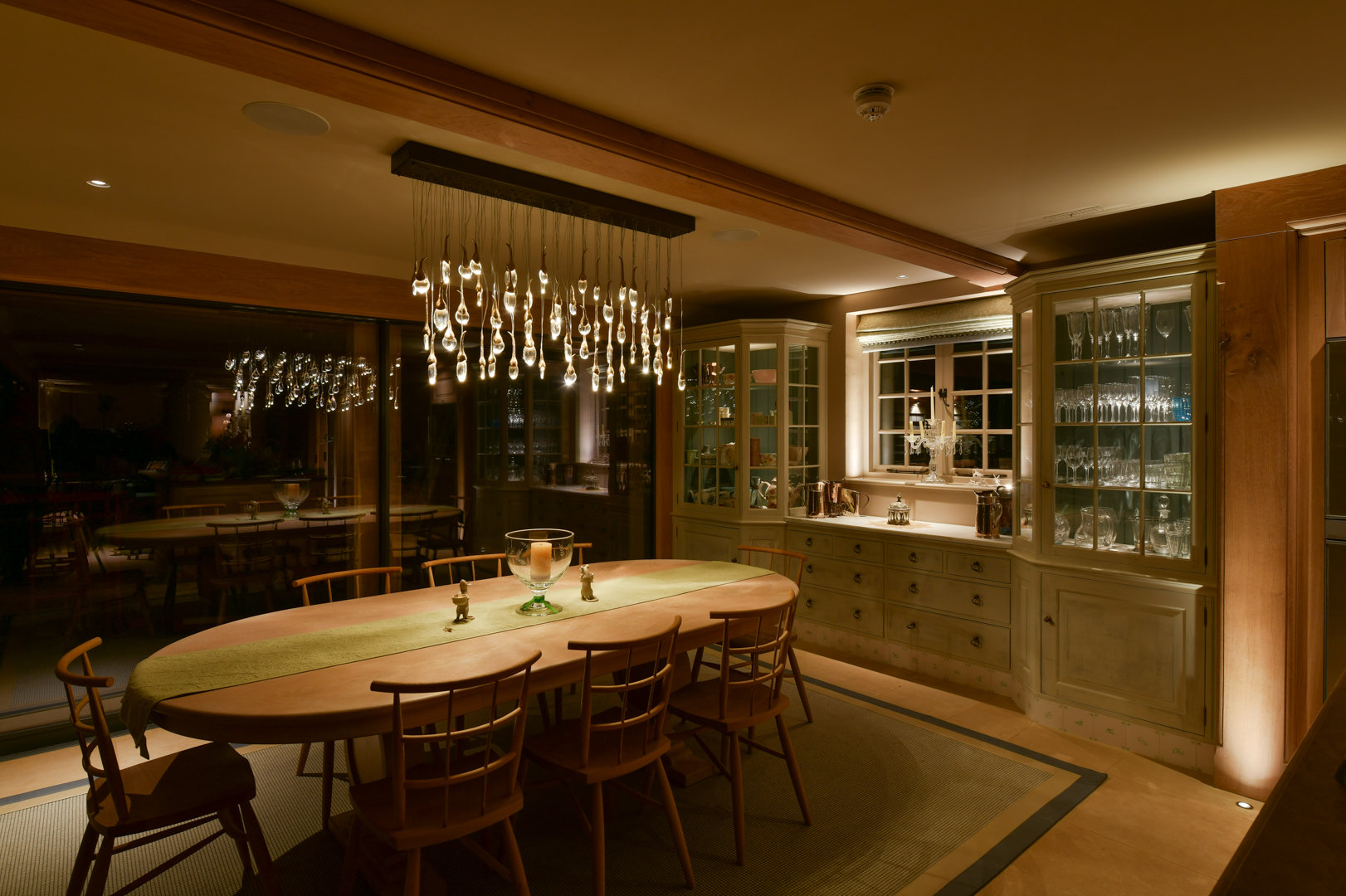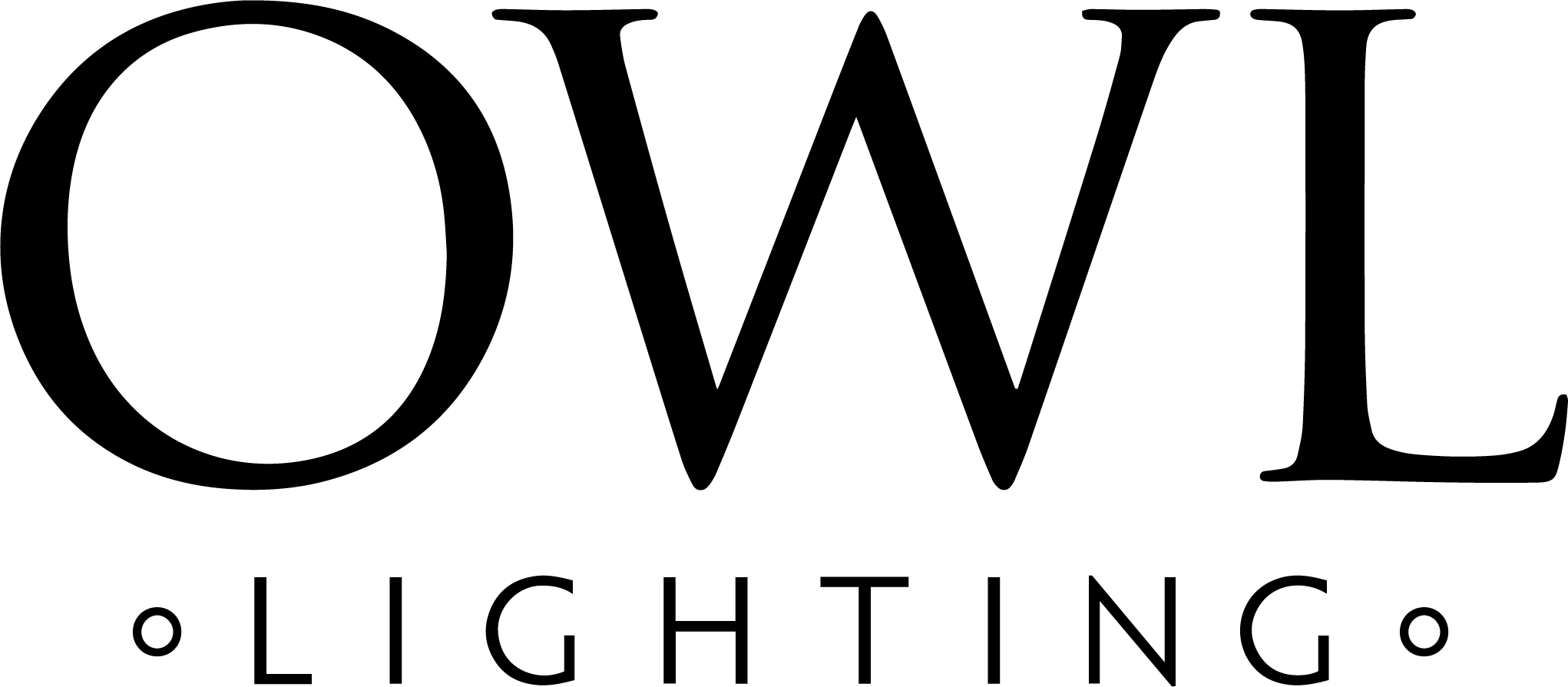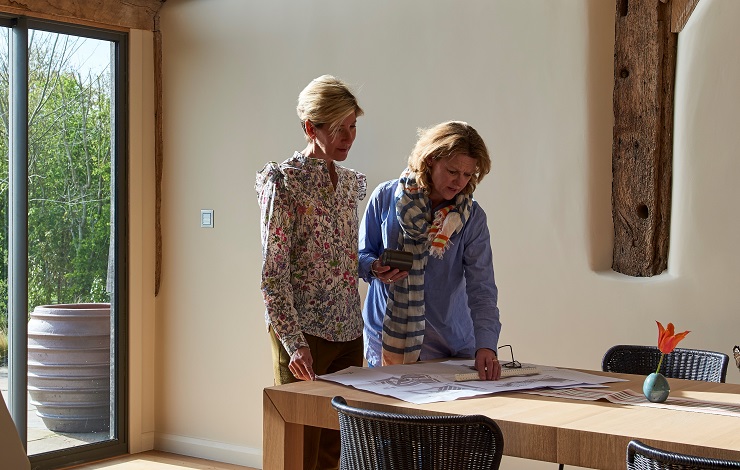The Lighting design process
Residential lighting projects are a collaboration exemplified by light itself. Light is invisible until it reacts with objects – only the dust in the atmosphere allows a searchlight beam to be seen. Lighting design is therefore about interaction with every object and surface and the subsequent reflections and refractions thereafter.
The residential lighting design process is similar. The lighting designer interacts with the client and all of the other designers on the project in order to enhance the lit result of all of their work. So what happens when you engage Owl Lighting on your project?
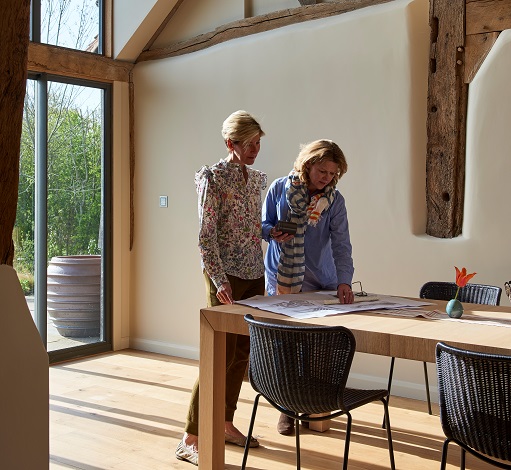
OWL Lighting consulting with a client
Initially we meet with the client, (or these days more likely set up a zoom meeting) to talk through your project and your aims for the lighting design. We’ll discuss the building, how you live in the space, who lives in the space, the interior design aesthetic and every other aspect, from the floor finishes to the sizes of the beds!
We then take a good look around the building (if it’s existing) or review the architectural drawings (if not) before developing some ideas – mood boards typically – that will feed into an initial design.
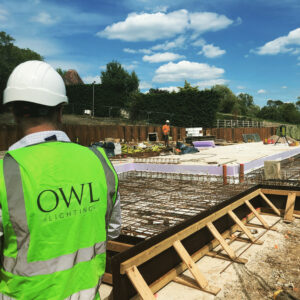
OWL Lighting attending site

OWL Lighting moodboard
The initial design is laid out on a 2D CAD underlay from the architect, or, if it’s a landscape lighting scheme, then the garden designer. There is little detail at this stage. Most of the scheme is illustrated with photographs of other projects to illustrate the feel of what is intended.
As more information becomes available – kitchens, bathrooms, joinery, art, special features – the lighting scheme develops.

OWL Lighting moodboards

A process of revision accommodates the architectural and interior details as well as conversations on preferences.
As the design develops it also needs to be detailed. The circuiting by which the fittings will be switched is added, along with all the code references for the different fittings.
The selection of switches, dimmers and if appropriate, lighting controls, is necessary to allow the circuiting to be done well.
Other elements – such as coves and joinery integration – are all part of a well detailed design.

OWL Lighting detail drawing
At this stage the Decorative lighting layer should be moving forward with the client and/or interior designer.
Decorative lighting is generally considered that which self-illuminates, but may not contribute a large amount to the overall light level. However, LED technology has created much more potential for this lighting to integrate and perform similarly to architectural lighting.
We now treat the decorative lighting as more than an exercise of the client’s taste.

OWL Lighting design – pendant
As part of the decorative layer there can be the need to add a feature light – sometimes a bespoke fitting is necessary to do the space justice.
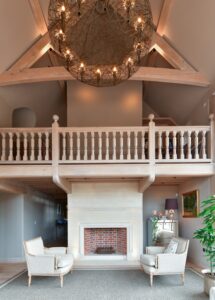
OWL Lighting bespoke feature pendant
The detailing of a project is rooted in the specification of fittings and controls. The fittings are an integral part of the design and so will have been thought about all along.
However as the detail design develops the decisions of light quality, beam angle, power , dimming types and glare control all have to be firmed up into the final design specification.
Good product selection is a critical part of any scheme and we specify & supply the lighting on our schemes to achieve the perfect result.

OWL Lighting product sheet
An unheralded part of the process, but important nonetheless. There are circuit schedules for the electricians to plan their wiring and luminaire schedules to assist in installation.
There are also switch schedules for lights and dimming and if the are lighting controls, there will be a scene setting schedule as well.

OWL Lighting schedules

Garden lighting has long cable distances and so plans and schedules are needed to plan cable runs and driver box locations.
Exterior house lighting, garden lighting and more extensive landscape lighting are all likely to play a part in a larger project.
There are requirements governing ducting, cable layouts, switching and routing that have changed with LED technology taking over from halogen and metal halide.
‘Dark Sky’ environments and outside lighting in general must be sustainable and sensitive to its potential to disturb natural habitats. The ‘less is more’ principle to exterior lighting requires a more nuanced approach to what is lit and what is not.

Once the design has been approved and issued the electricians begin first fix wiring and our team liaises with them to assist with any questions they may have regarding the wiring & installation. We visit site regularly during various stages of the project to check on progress and make adjustments as required.
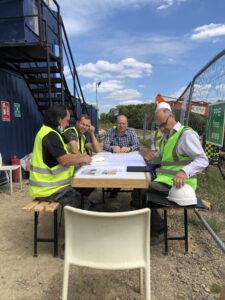
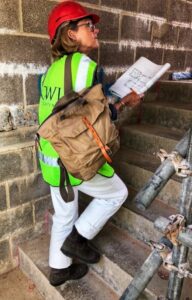
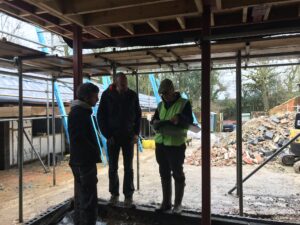
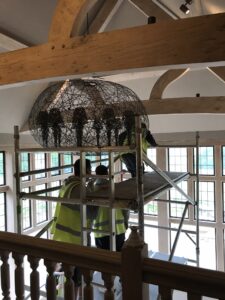
During final installation there are often features that need coordination and it’s wonderful for us to see the months of planning and design come together in the finished realisation.
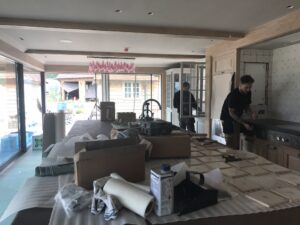
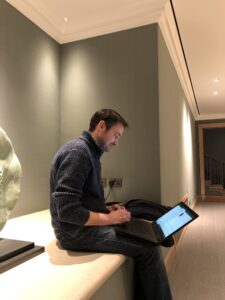 Finally the lighting is installed, and if the project has a control system we spend an evening, or two, with the control system programmer setting up the scenes.
Finally the lighting is installed, and if the project has a control system we spend an evening, or two, with the control system programmer setting up the scenes.
And then it’s time for us to step back and the project is finished ….. but we’re always here to answer questions !
